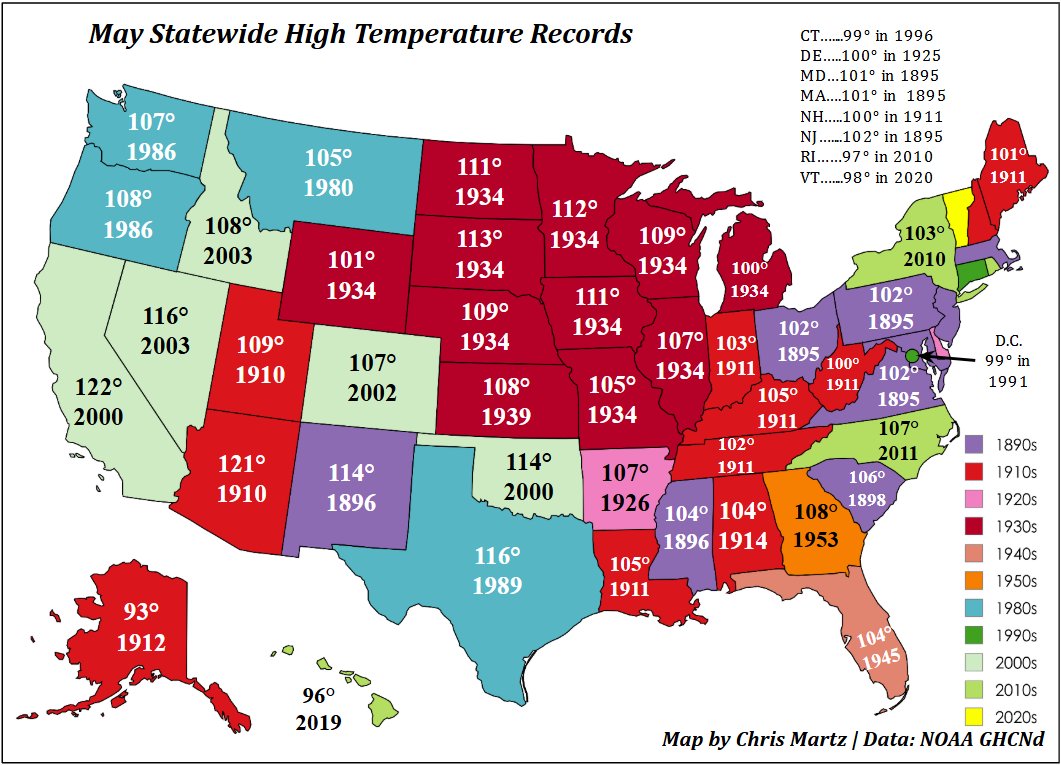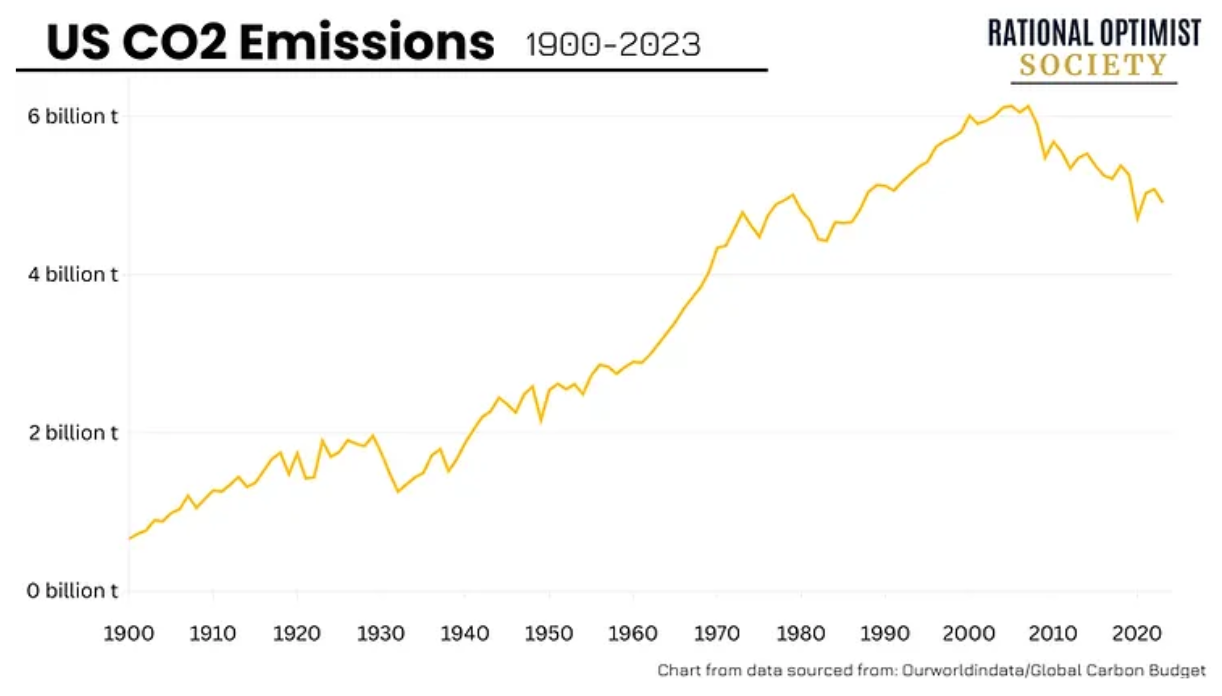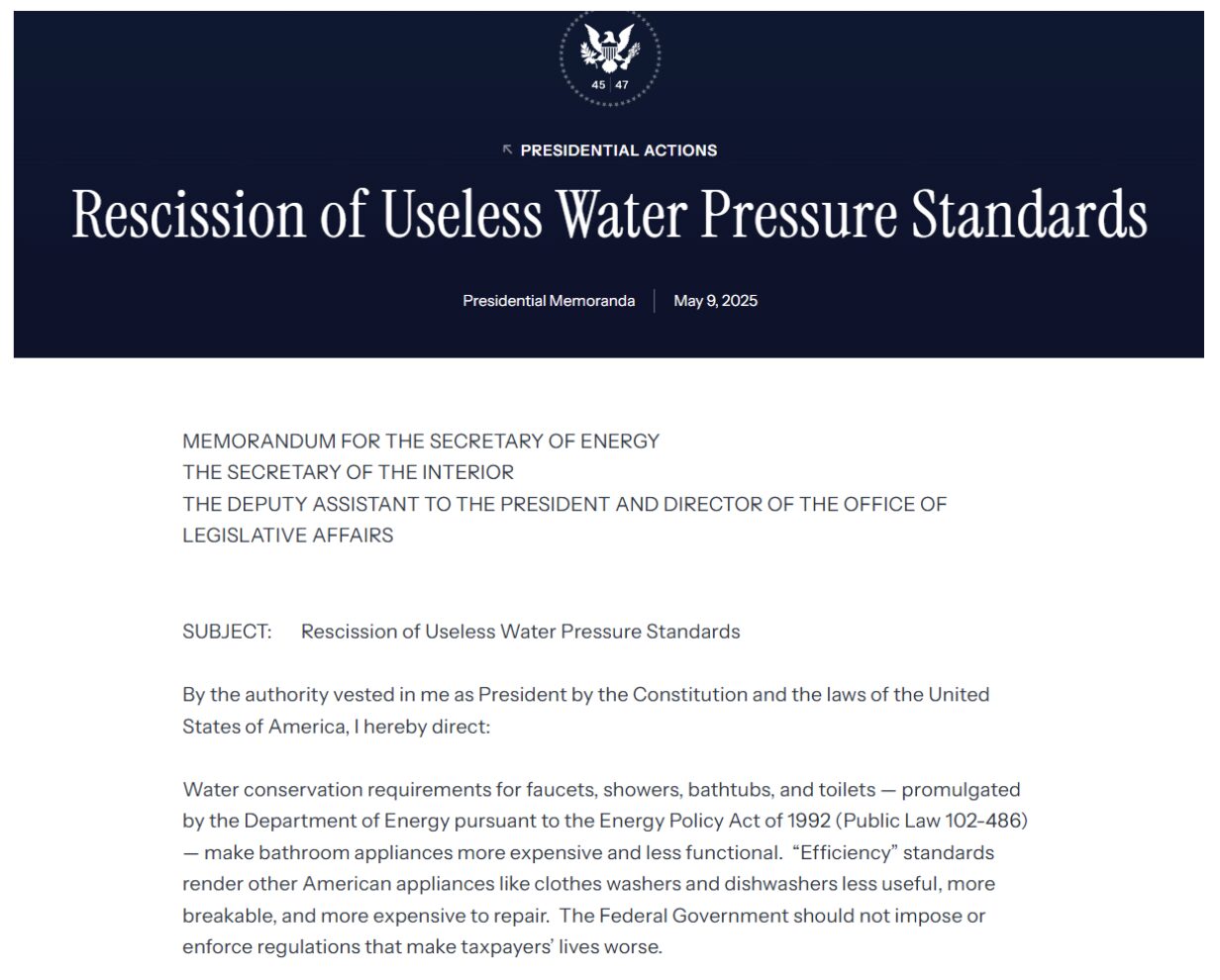Bjorn Lomborg: Partisan ‘fact checkers’ spread climate-change misinformation
The Wall Street Journal, 27 January 2023

Partisan “fact checks” are undermining open discourse about important issues, including climate change.
Earlier this month I wrote an accurate post on Facebook about the growing polar-bear population. The post undercut alarmist climate narratives, so it was wrongly tagged as a falsehood.
Activists have used polar bears as an icon of climate apocalypse for decades, but the best data show that far from dying out, their numbers are growing. The official assessments from the leading scientists who study these animals—the Polar Bear Specialist Group within the International Union for Conservation of Nature—peg the global population today at 22,000 to 31,000. That’s higher than the 5,000 to 19,000 polar bears scientists estimated were around in the 1960s.
The main reason has nothing to do with climate. An international agreement enacted in 1976 limits polar-bear hunting, always the key threat to polar bears’ numbers. Polar bears survived through the last interglacial period, 130,000 to 115,000 years ago, when it was significantly warmer than it is now.
None of that means climate change isn’t real or doesn’t affect people or the planet. But to deal effectively with these problems, we need to use good data rather than defaulting to ideologically inspired narratives. It does more good for polar bears, and the rest of us, if those trying to help them use accurate facts.
Agence France-Presse, the world’s oldest news service, has found new relevance in marketing itself as an online “digital verification service.” It stamped “MISLEADING” over the top of my post and declared I’d used “unreliable data.” Other media platforms quickly followed suit, with Facebook flagging multiple posts and newspaper columns in which I made these points as “partly false” and “could mislead.”
But the AFP is verifiably wrong. It based its finding almost entirely on an interview with a retired scientist, Dag Vongraven. He accepts that I referenced the correct findings, but claims that because of the scientists’ limited ability to track animals back then, the 1960s data are “guesswork” that can’t be trusted. The implication is that the rise in the estimated number of polar bears reflects improved tracking, not real population growth.
That’s a politically convenient smoke screen. The 1960s data come from the First International Scientific Meeting on the Polar Bear, in 1965, and are based on three peer-reviewed estimates that extrapolate their totals from well-documented regional populations of polar bears. The pattern is borne out in other data, including a 1970 finding from the International Union for Conservation of Nature and five other sources I referenced. All show that the number of polar bears has risen. AFP and Mr.
Vongraven never offer up an alternative estimate; they simply reject the best data available because they don’t match their political narrative.
Even if you throw out all the 20th-century data, the Polar Bear Specialist Group in its latest (2021) report documents that polar-bear numbers have increased over the past two decades. AFP simply ignores this, and instead emphasizes that estimates are difficult.
Yet AFP quickly loses its sense of caution about data extrapolation as soon as it’s politically convenient.
Midway through the article, the outlet inserts a huge graphic that declares that polar bears “could be extinct by the end of the century.” AFP doesn’t clearly indicate a source for this claim, but it likely comes from a 2020 article in Nature that was widely reported as demonstrating the potential extinction of polar bears.
Here, again, AFP oversteps the data. Even in its worst-case scenario, the Nature article doesn’t show that polar bears would become extinct.
Relying on the data I referenced used to be uncontroversial. When a CNN science journalist did an investigation similar to AFP’s in 2008, he spoke to numerous scientists and they agreed “that polar bear populations have, in all likelihood, increased in the past several decades.” When polar bears in 2008 were listed as a threatened species under the Endangered Species Act, the decision noted that the population “has grown from a low of about 12,000 in the late 1960’s to a current worldwide estimate of 20,000-25,000.” The data here haven’t changed, only the media’s willingness to disregard annoying facts.
The result is that the public is denied access to accurate data and open debate about these very important topics. Ridiculous points on one side are left standing while so-called fact-checking censors inconvenient truths. If we’re to make good climate policy, voters need a full picture of the facts.
Besides, even today some 700 polar bears are killed by hunters each year. If we want to help polar bears, why not stop shooting them?
see also Polar bear expert: Activist fact-checkers are misleading the public




